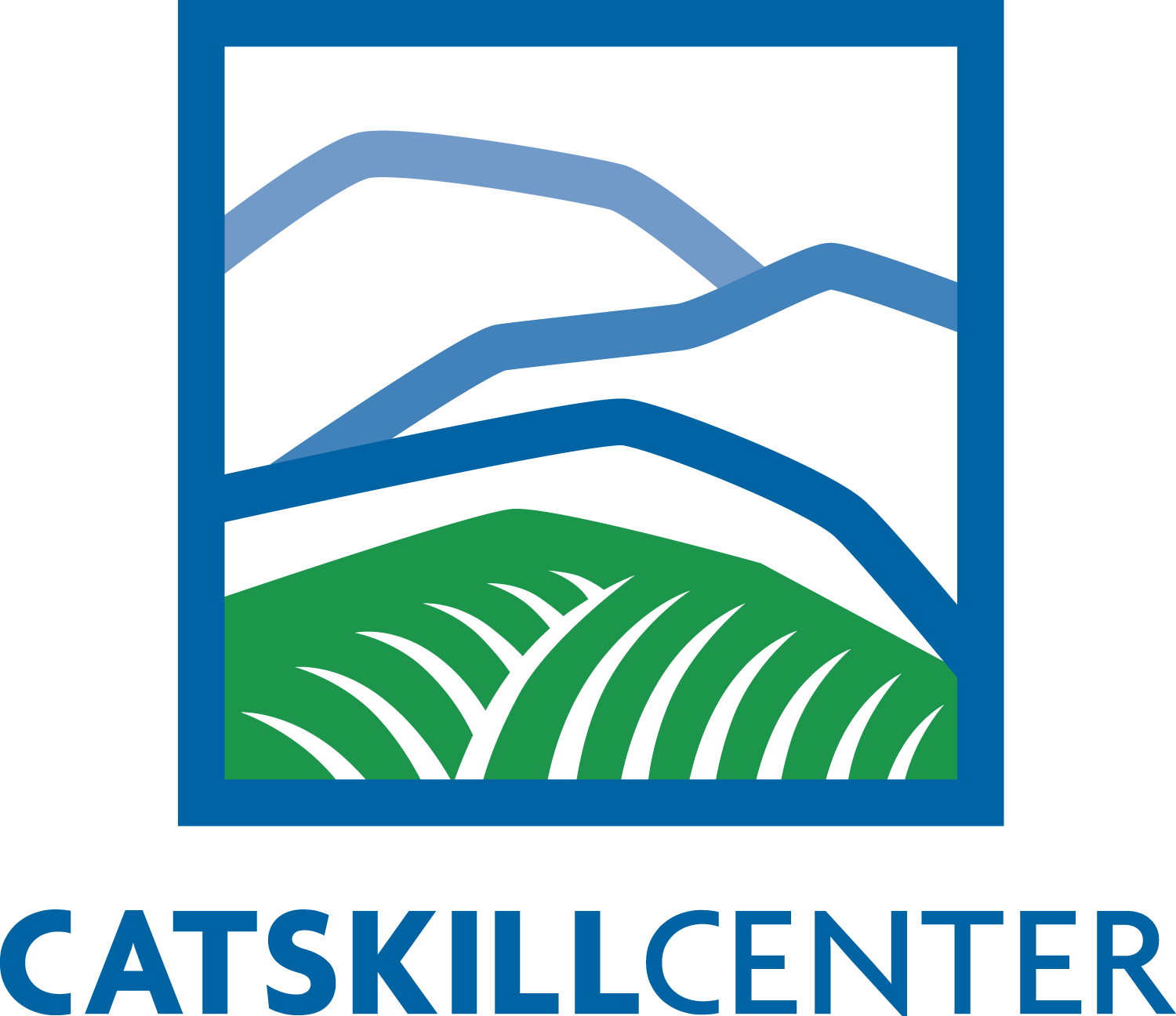Water for Millions: How the Catskills Keep New York City Alive a talk with Diane Galusha, author of "Liquid Assets: A History of New York City's Water System"
Ever wonder how rain that falls on the slopes of 4200-foot Slide Mountain makes its way to the faucets of New York’s City Hall? Curious about the farms and villages that once occupied the valleys now submerged beneath six big man-made lakes? What’s the plan for keeping that water clean and flowing for decades to come?
Diane Galusha, author of Liquid Assets: A History of New York City’s Water System, will have the answers at an illustrated talk Saturday, Nov. 12 at 1 p.m. at the Catskill Center, 43355 State Highway 28, Arkville.
The talk is free, though a donation of $5 is suggested for attendees.
The talk is free; copies of the book, republished in an expanded edition earlier this year by Purple Mountain Press of Fleischmanns, will be available for purchase and Diane will be available to sign copies.
The 300-page book, originally published in 1999 as the definitive history of the development of the Big Apple’s three-century search for water for its millions, now includes a 50-page update detailing the many watershed protection programs, infrastructure projects, conservation measures and other initiatives that have been added since 1997 when the landmark NYC Watershed Memorandum of Agreement was signed.
The book covers the development of the City’s water system on both sides of the Hudson River. The November 12 talk will focus on the reservoirs, tunnels and primary aqueducts that collect and transport water from the City’s 1600-square-mile Catskill-Delaware Watershed.
Diane Galusha, author of several books on local and regional history, is on the staff at the Catskill Watershed Corp. She is the founding president of the Historical Society of the Town of Middletown, Delaware County.
For more information, contact the Catskill Center at (845) 586-2611 or cccd@catskillcenter.org
FMI: www.liquidassetsbook.com.
